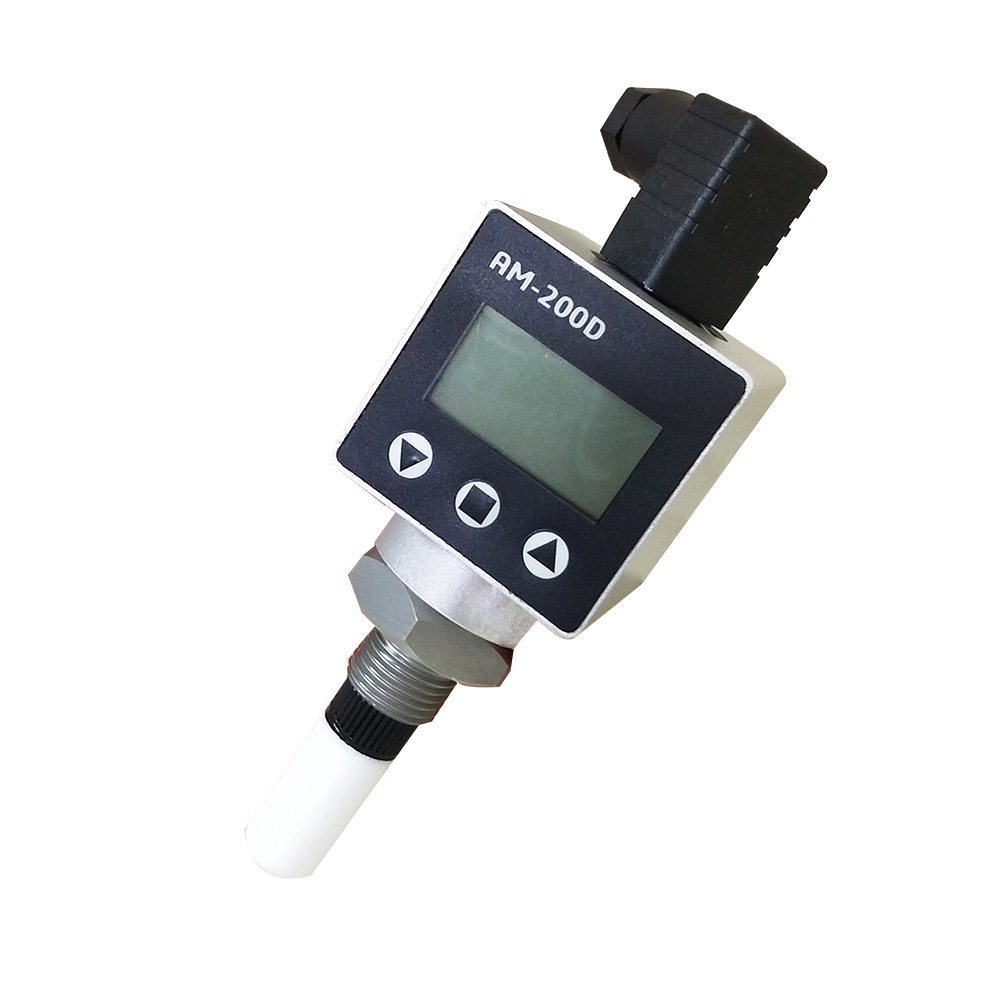In the current industrial environment, the content of oxygen plays an important role in industrial production, so it is often measured. There are various products on the instrument market, but in terms of measurement principles, there are mainly 2 measurement methods:
(1) Thermal magnetic oxygen analyzer
The principle is to use the physical characteristics of the high magnetic susceptibility of oxygen in the flue gas components to determine the oxygen content in the flue gas. Oxygen is a paramagnetic gas (the gas that can be attracted by a magnetic field is called a paramagnetic gas). It is attracted in a non-uniform magnetic field and flows to a strong magnetic field. There is a heating wire here, so that the temperature of oxygen here increases and the magnetic susceptibility decreases, so the magnetic field attraction is reduced, and the magnetic field is pushed out by the unheated oxygen molecules with higher magnetic susceptibility. The phenomenon of “thermomagnetic convection” or “magnetic wind”. Under a certain pressure, temperature and flow rate of the gas sample, the oxygen content in the gas sample can be measured by measuring the size of the magnetic wind. Since the thermistor (platinum wire) acts as the resistance of the two bridge arms of the unbalanced bridge and the heating resistance wire, the temperature gradient appears under the action of the magnetic wind, that is, the temperature of the inlet side bridge arm is lower than the outlet side bridge The temperature of the arm. The unbalanced bridge will output the corresponding voltage value according to the oxygen content in the gas sample.

(2) Zirconia sensor type oxygen analyzer
Zirconium oxide (ZrO2) is a ceramic, a solid with ionic conductivity. It is a monoclinic crystal at normal temperature. When the temperature rises to 1150°C, the crystal form changes to cubic crystals with a volume shrinkage of about 7%; when the temperature decreases, it becomes a monoclinic crystal. If heating and cooling are repeated, ZrO2 will crack. Therefore, pure ZrO2 cannot be used as a measuring element. If a certain amount of calcium oxide (CaO) or yttrium oxide (Y2O3) is added to ZrO2 as a stabilizer, and then calcined at a high temperature, it becomes a stable zirconia material. At this time, the tetravalent zirconium is replaced by divalent calcium or The trivalent yttrium replaces and simultaneously generates oxygen ion holes, so ZrO2 is an anionic solid electrolyte. ZrO2 conducts electricity mainly through the movement of holes. When the temperature reaches above 600°C, ZrO2 becomes a good oxygen ion conductor.
A platinum electrode is sintered on both sides of the zirconia electrolyte. When the oxygen partial pressures on both sides of the zirconia are different, the oxygen on the side with the higher oxygen partial pressure migrates to the side with the lower oxygen partial pressure in the form of ions, resulting in the oxygen partial pressure The platinum electrode on the higher side loses electron positive charge, while the platinum electrode on the lower oxygen partial pressure gains electron negative charge, thus generating an oxygen concentration difference potential between the two platinum electrodes. This potential is only related to the difference in oxygen content (oxygen concentration difference) in the gas on both sides when the temperature is constant. If the oxygen content on one side is known (for example, the oxygen content in the air is constant), the oxygen content on the other side (for example, the oxygen content in the flue gas) can be expressed by the oxygen concentration difference potential, and the oxygen concentration difference potential can be measured to know the smoke The oxygen content in the gas.
